Visual merchandising can make all the difference in selling wall décor from a store shelf. This retail playbook is a guide for shop owners and buyers on presenting 3D wooden world maps in-store to maximize that “wow” effect and encourage impulse buys. From using an XL map as a magnetic eye-catcher to stocking the right mix of sizes for sell-through, we’ll cover practical tips for product display. Learn how point-of-sale kits, QR code demos, and trained staff can turn a simple display into a sales engine. Let’s set up your showroom so the product practically sells itself off the shelf.
1. The Role of XL as an Attention Magnet
In a retail environment, first impressions are everything. An Extra Large wooden world map (XL) can serve as the ultimate attention magnet. Mount one fully assembled XL map prominently – for example, on a focal wall or above a feature display – to draw customers in from afar. The sheer size and intricate detail of an XL map naturally catches the eye, acting like a visual “magnet” that pulls shoppers toward that area of the store. This works especially well in window displays or the entrance: an XL map in the window can stop foot traffic as people pause to admire it. Studies in visual merchandising show that window displays and large focal pieces have a great impact on impulse buying behavior . The XL map fulfills this role by sparking curiosity (“Wow, what is that? A wooden world map?”). Even if most customers won’t buy the XL size on the spot (due to higher price or size), its job is to generate interest that leads them to explore the smaller, more accessible versions. Think of the XL as the big billboard for your product line – it sets the stage and creates a wow effect that elevates the perceived value of all the maps.
2. Window Display and Facings: How Many M/L to Stock
After the XL has done its job attracting attention, you need to have the right supporting cast of products readily available. Determine the facings (how many of each item are displayed on the shelf) for Medium (M) and Large (L) size maps. A good rule of thumb: use L and M maps as your primary stock for sell-through, since these are more likely to be purchased on impulse or as gifts. If space allows, dedicate a section of a wall or shelf to the maps – for example, an “Explore the World” themed end-cap. On this shelf, you might have 2 facings of the L map (since it’s often the best-seller) and 2-3 facings of the M map (which might appeal to budget buyers or those with smaller spaces). Keep a couple of extra units in back stock for each, so you can immediately replenish when one sells (an empty shelf is a lost sale). If you run a showroom or concept store, consider also a demo wall where you install an L map that customers can touch and feel, and below it the boxes of M and L for sale. This invites interaction – a shopper might place a pin on the demo map or test how the pieces attach – increasing the likelihood they’ll buy. For window displays, if an XL is too large for your window, you can place an L map on a panel with good lighting, surrounded by travel props (suitcases, binoculars) to set a travel theme. In summary, plan your stock such that XL = display, L = main seller, M = secondary/impulse option. This ensures you create excitement but also convert it into actual sales from the shelf.
3. POS Kit and QR-Video for Engagement
Boost engagement and understanding by utilizing a Point-of-Sale (POS) kit and interactive elements. A POS kit for wooden world maps might include things like a small stand with a product photo, a few sample pieces (e.g., a sample country piece or a flag push-pin) that customers can handle, and a brief info card highlighting the map’s features (size options, finishes, easy installation, etc.). Include a QR code on the display or info card that links to a short video – for instance, a 30-second installation demo or an unboxing video. Shoppers can scan it with their phones to see how the map is assembled on the wall, which helps answer common questions (“How do I put this up? Do I need nails?”) right on the spot. This also adds a modern, interactive touch to your display. Many customers are visual and might not read all the text on a box; a quick video can communicate the wow of the map coming to life. Additionally, the QR code could link to customer photos or a lifestyle video of the map in different interiors, helping shoppers imagine it in their own home. Ensure your staff knows about the video too – they can encourage customers, “Feel free to scan this code to see how easy it is to install and how great it looks on a wall.” If possible, the POS kit can also have installation templates or a mini version of the map so people can grasp the concept. All these elements reduce purchase hesitation by educating the customer right at the point of decision.
4. Assortment Mixes Tailored to Store Traffic
Not all retail locations are the same, so consider tailoring your assortment based on your store’s typical traffic and clientele. For example, if your store is in a high-tourist area (souvenir-oriented), you might stock more of the smaller size (M) maps in various languages, since tourists may prefer a packable item and a novelty to take home. If your shop is a home décor showroom in an urban center, the clientele might lean toward interior designers or new homeowners – here a higher ratio of L maps in elegant finishes (like walnut or wenge wood tones) could be appropriate, as they might be looking for statement wall art. Impulse buy items can also be considered: perhaps you offer some related accessories like small push-pin airplane markers or mini map keychains near checkout, which complement the maps. Tailoring assortment also means considering finish and theme: if a particular colorway (e.g., multi-color map) sells better with your younger, trendy shoppers, keep more of those in stock. Conversely, if your area has many offices and businesses, stock the more professional or subdued finishes that work in conference rooms. The goal is to align with your store’s traffic patterns – for instance, weekend tourist rush? Have plenty of ready-to-go pieces and maybe pre-wrapped gift options. Lots of gift-shoppers near holidays? Emphasize the M size as a great unique gift and ensure you have enough. By paying attention to who is walking into your store, you can create an assortment mix that resonates and thus turns over faster. It’s even useful to track sales: if you notice the XL display is generating interest but not selling, that’s okay – its job is to promote the others. But if you notice, say, L outsells M 2:1, adjust your orders to avoid running out of L.
5. Repeat Orders and Shelf Dynamics
A successful product on your shelf will start to move – and managing that dynamic is key. Establish a system for repeat orders so you’re never out of stock for long. With an item like wooden maps, which might not be overnight restockable from a local distributor (if you’re ordering from a central warehouse or manufacturer abroad), plan your reorders with lead time in mind. For example, if it takes 2 weeks to get new stock in, trigger a reorder when you’re down to your last few pieces of each size. It’s wise to monitor sell-through rate – how many maps you sell per week or month – and adjust accordingly. If you sold 10 L maps this month and you have 5 left, you know to order more before the next month ends. Maintaining a healthy shelf stock is important: seeing a half-empty shelf or only one box left can either signal high demand (which is good) or scarcity (which can trigger an impulse buy as well, interestingly), but if it’s empty, you can’t sell anything.
Also, consider seasonality: is there a spike in sales during holiday season or graduation (when people buy gifts)? Increase your stock before those peaks. Some retailers set up auto-replenishment where the supplier sends a standard refill monthly – discuss if the B2B partner offers quick restock options. On the shelf itself, keep it tidy and freshen up the displayperiodically. Shelf dynamics benefit from small changes: for instance, rotate in a different finish map to the demo wall every few months to show variety (swap the dark wood map for the multicolor version to catch repeat visitors’ attention anew). You can also track if certain locations in the store work better – maybe the maps sell faster when placed near complementary items like travel books or globes. Finally, encourage customer feedback and listen: if people are consistently asking for a certain map feature or size you don’t have, that’s a signal for your next order. By staying on top of reorders and being responsive to buying patterns, you maintain momentum – nothing kills a product’s buzz more than long gaps of it being unavailable after customers got excited. A good relationship with your supplier, where they understand your need for quick restocks (perhaps even offering a consignment or safety stock), can be invaluable to keep the shelf “alive” and generating revenue.
Make your store a travel-inspired destination. Get the wholesale price list and start your journey to better shelf sales with WOW-factor maps.
FAQ (Retailers & Showrooms):
-
Q: Do you provide EAN or barcodes on the product?
A: Yes, each map comes in retail-ready packaging with an EAN barcode on the box. This makes it easy to scan into your POS system and manage inventory. If you need specific formats (UPC, etc.), those can be arranged with the supplier.
-
Q: How do we handle small parts or pieces that might get lost on display?
A: The maps include small pieces (like islands). For your display unit (XL or demo map), we recommend using a tiny bit of removable adhesive or tape for those small bits so they stay put. If any get lost, suppliers often provide a small bag of spare parts. Also, under the brand’s lifetime care policy, they can replace small lost pieces for customers (and for your demo) on request.
-
Q: How quickly can we get restock if we sell out?
A: Lead times for restock depend on your arrangement. If you’re ordering from a local distributor, you could get new stock in as fast as a few days to a week. If ordering directly from the manufacturer overseas, typical restock might take 2-4 weeks (production + shipping). It’s best to plan ahead and reorder before you completely run out. Some partners offer expedited shipping for urgent restock (at additional cost) if you unexpectedly sell out during a peak weekend.
-
Q: Are there point-of-sale materials included?
A: In many cases, a basic POS package is available. This might include a standee or header card with the product’s image and key features, maybe some informational brochures or installation guides you can hand to interested customers. Additionally, digital assets (like a QR code for an assembly video or lifestyle images) are provided so you can enhance the in-store presentation. Be sure to ask your account manager for any available POS support when you start stocking the maps.
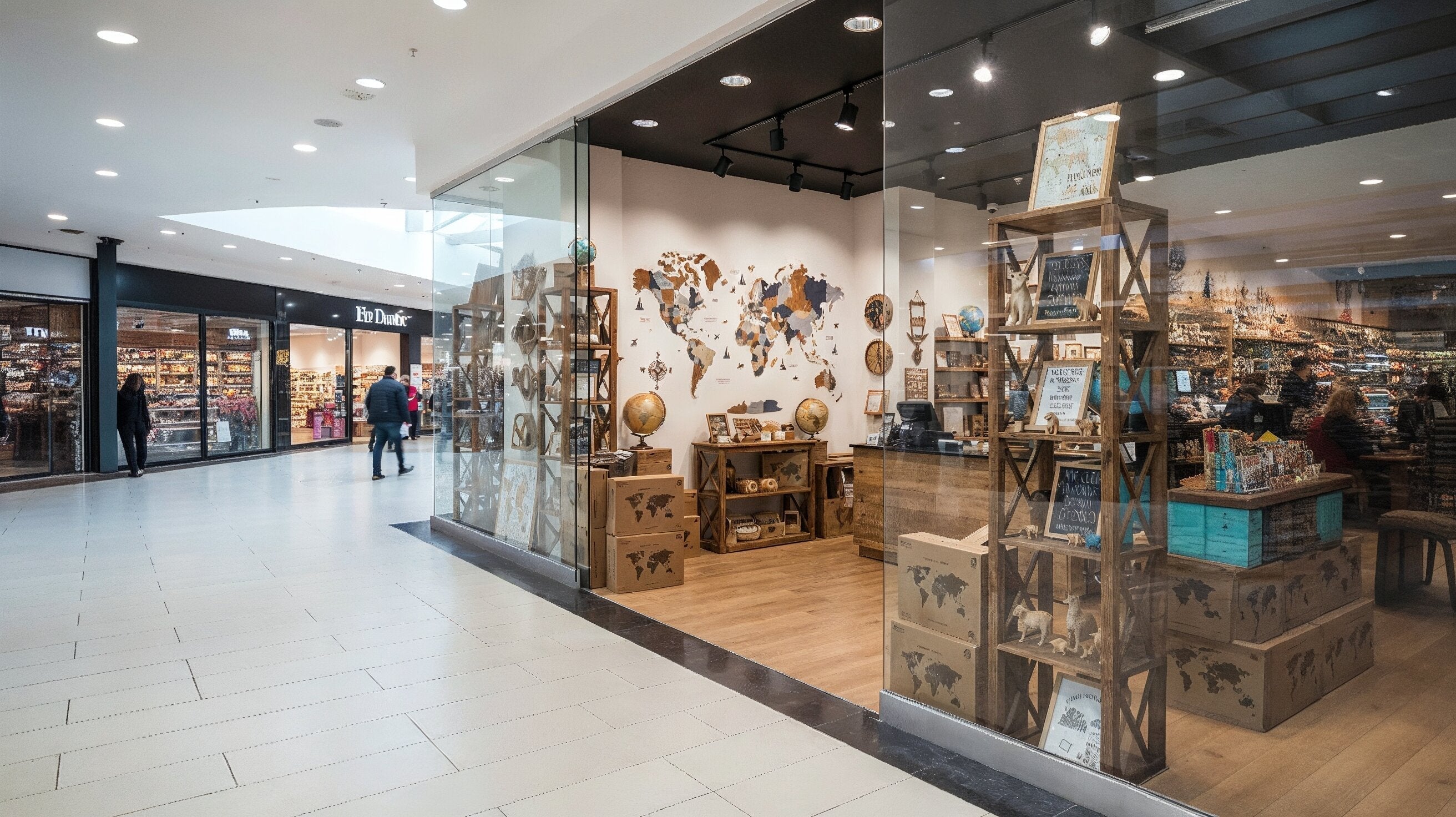
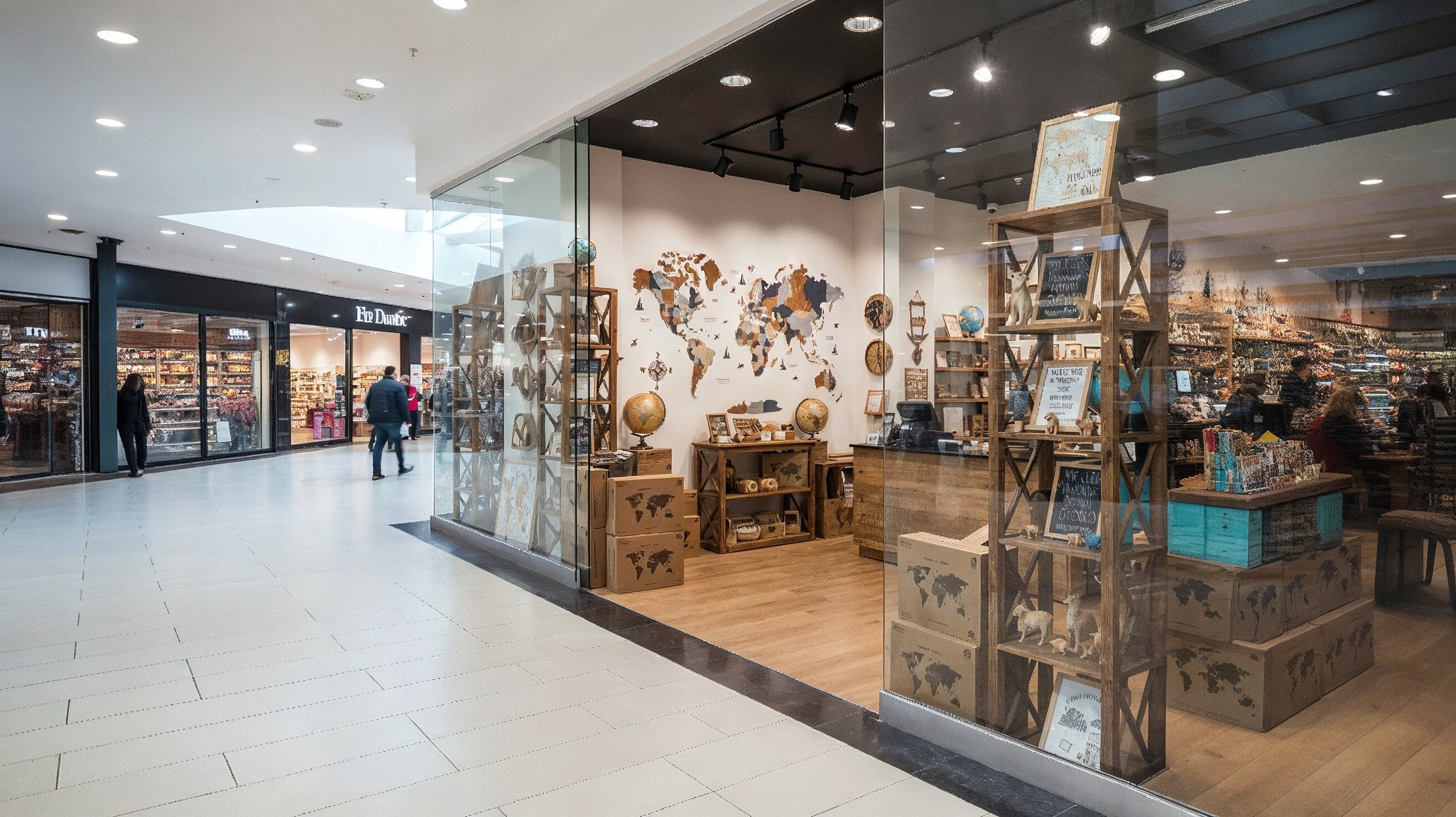
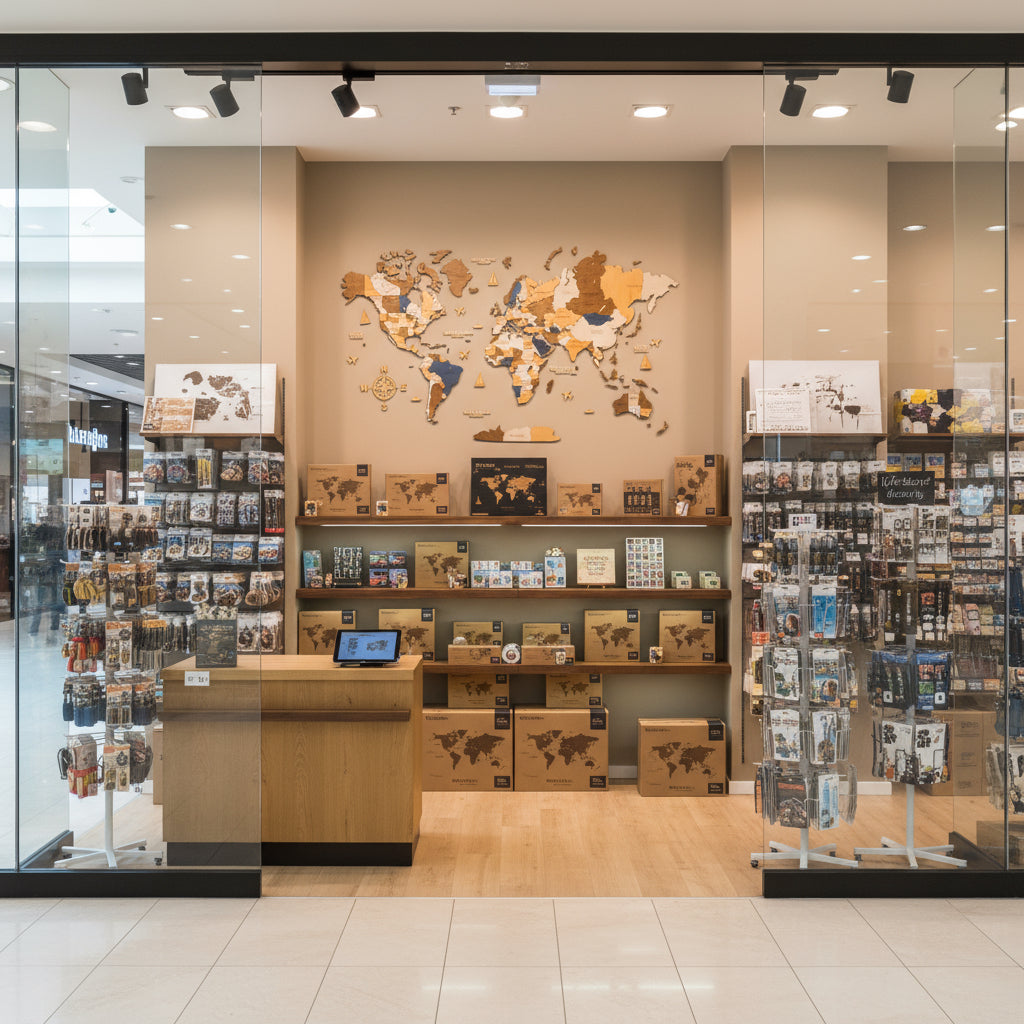
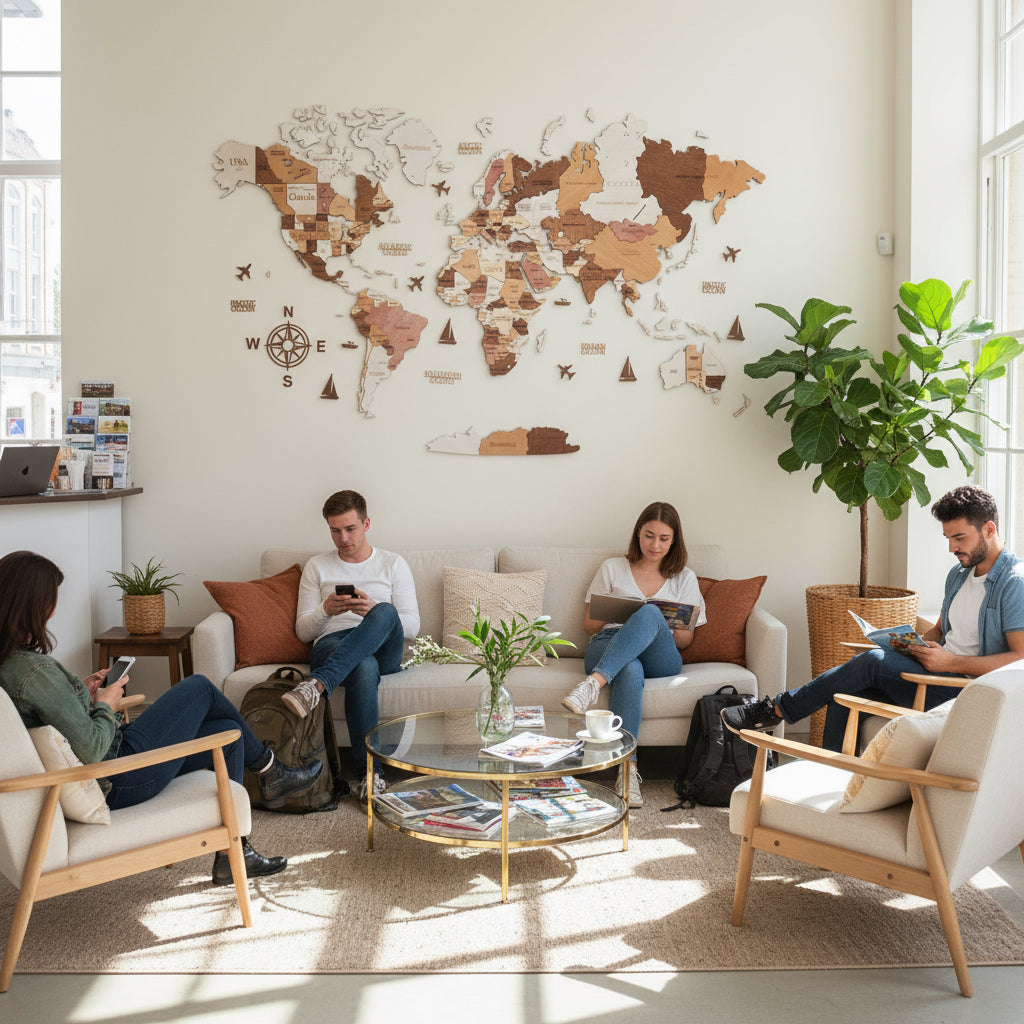
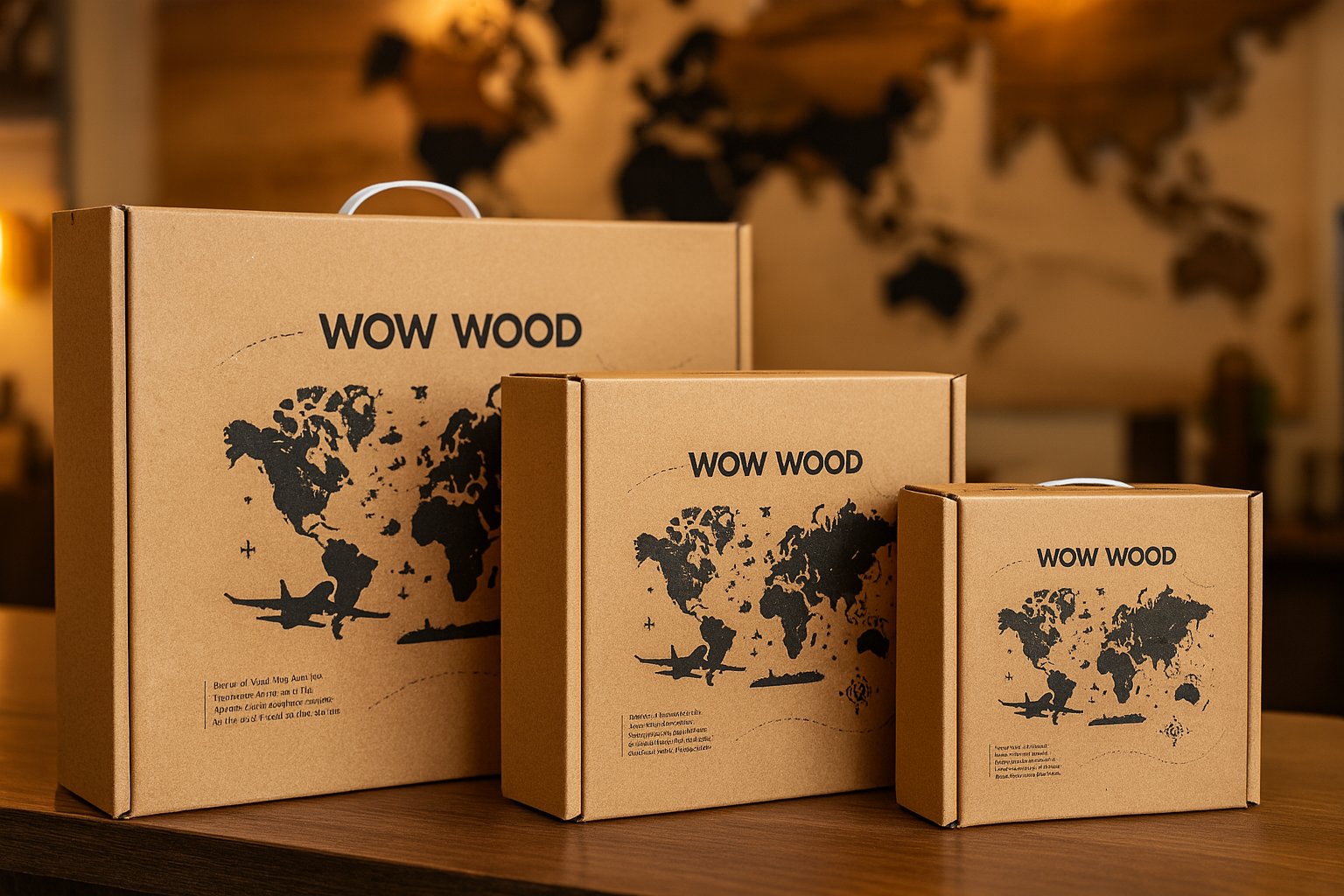

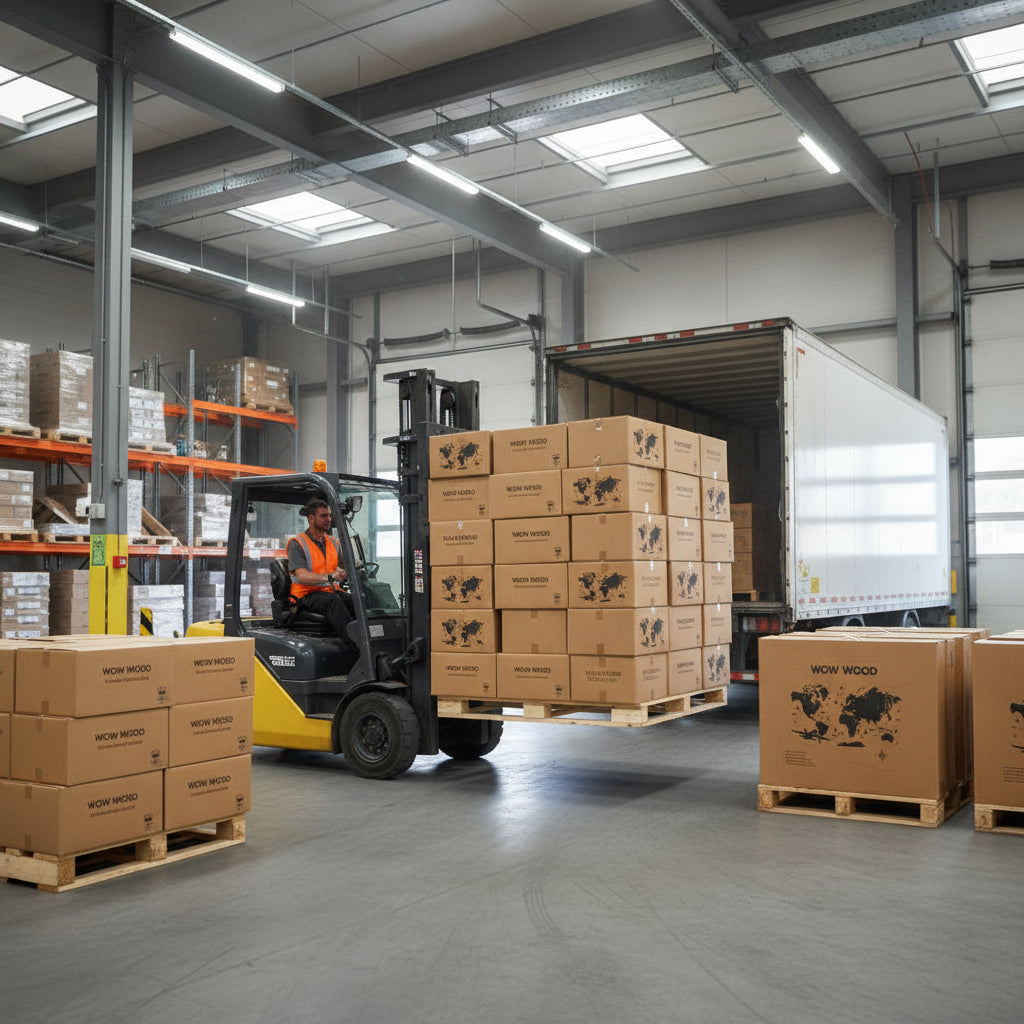
Share: